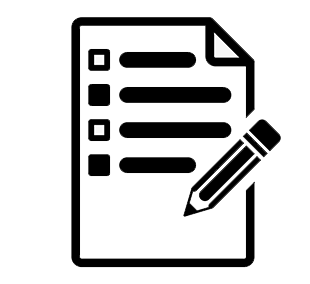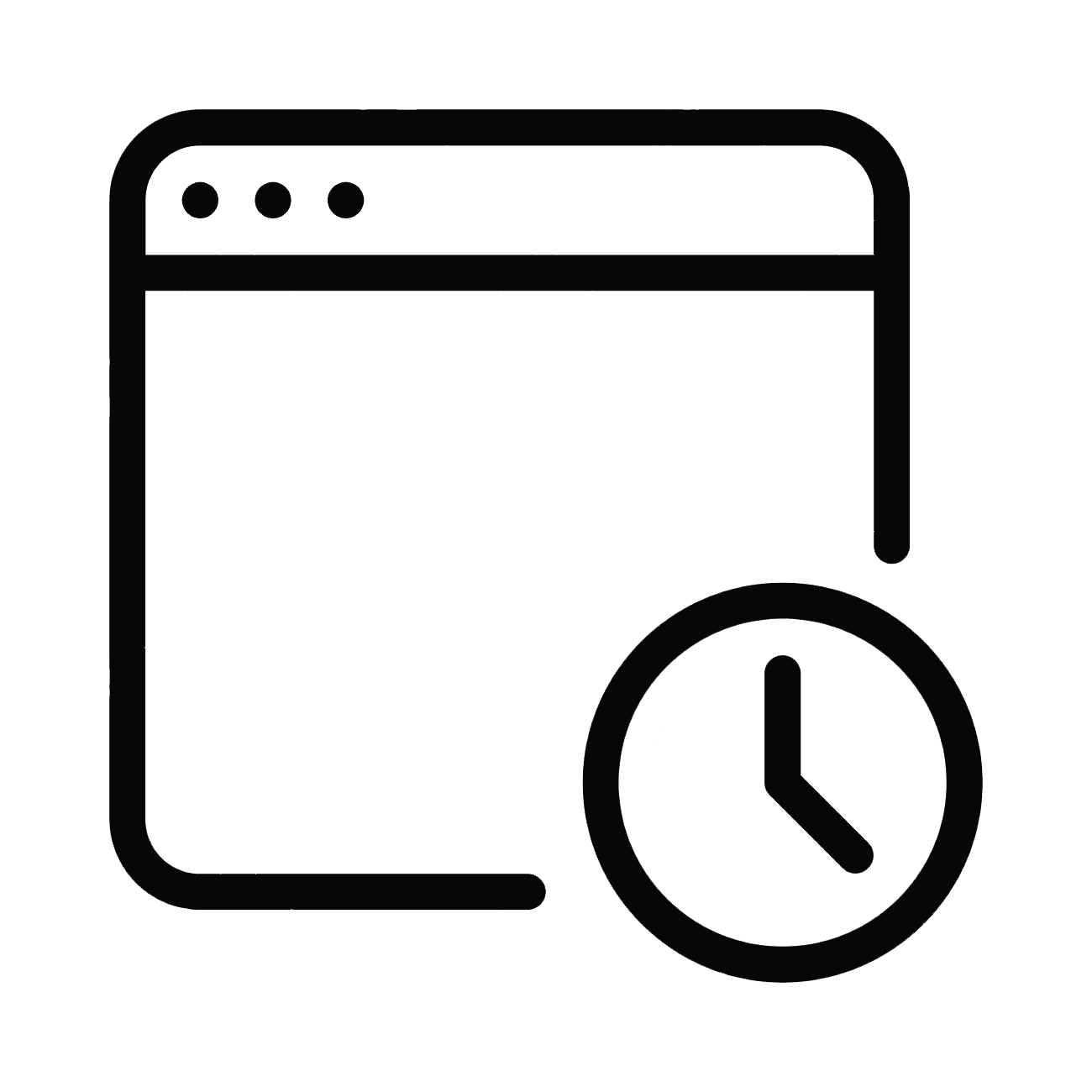Job Duties
1. Study design briefs and determine requirements
2. Schedule projects and define budget constraints
3. Conceptualize visuals based on requirements
4. Prepare rough drafts and present ideas
5. Develop illustrations, logos and other designs using software or by hand
6. Use the appropriate colors and layouts for each graphic
7. Work with copywriters and creative director to produce final design
8. Test graphics across various media
9. Amend designs after feedback
10. Ensure final graphics and layouts are visually appealing and on-brand
11. Create and design various materials for print and digital collateral
12. Ensure projects are completed with high quality and on schedule
13. Establish creative direction for the company as well as brand guidelines
14. Prioritize and manage multiple projects within design specifications and budget restrictions
15. Perform retouching and manipulation of images
16. Work with a wide range of media and use graphic design software
17. Planning concepts by studying relevant information and materials.
18. Illustrating concepts by designing examples of art arrangement, size, type size and style and submitting them for approval.
19. Preparing finished art by operating the necessary equipment and software.
20. Coordinating with outside agencies, art services, web designers, marketing, printers, and colleagues as necessary.
21. Contributing to team efforts by accomplishing tasks as needed.
22. Communicating with clients about layout and design.
23. Creating a wide range of graphics and layouts for product illustrations, company logos, and websites with software such as photoshop.
24. Reviewing final layouts and suggesting improvements when necessary.
Education Requirement
1. A university degree in visual arts with specialization in graphic design, commercial art, graphic communications or cartooning or completion of a college diploma program in graphic arts is required.
2. Experience or training in multimedia design at a post-secondary, college or technical institution may be required.
3. In addition to the arts, training in biology, engineering, architecture or a scientific field is usually required for medical, technical and scientific illustrators.
4. Creative ability and artistic talent, as demonstrated by a portfolio of work, are required for graphic designers and illustrators.
![]() 2 to 7 years experience required
2 to 7 years experience required ![]() 48,750 CAD to 79,933 CAD P.A.
48,750 CAD to 79,933 CAD P.A. ![]() Canada
Canada




